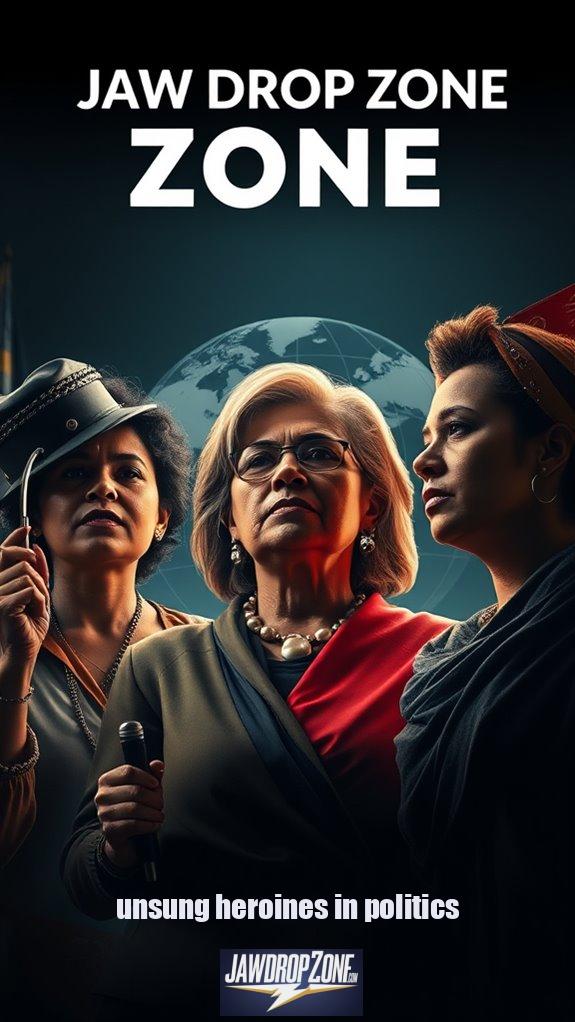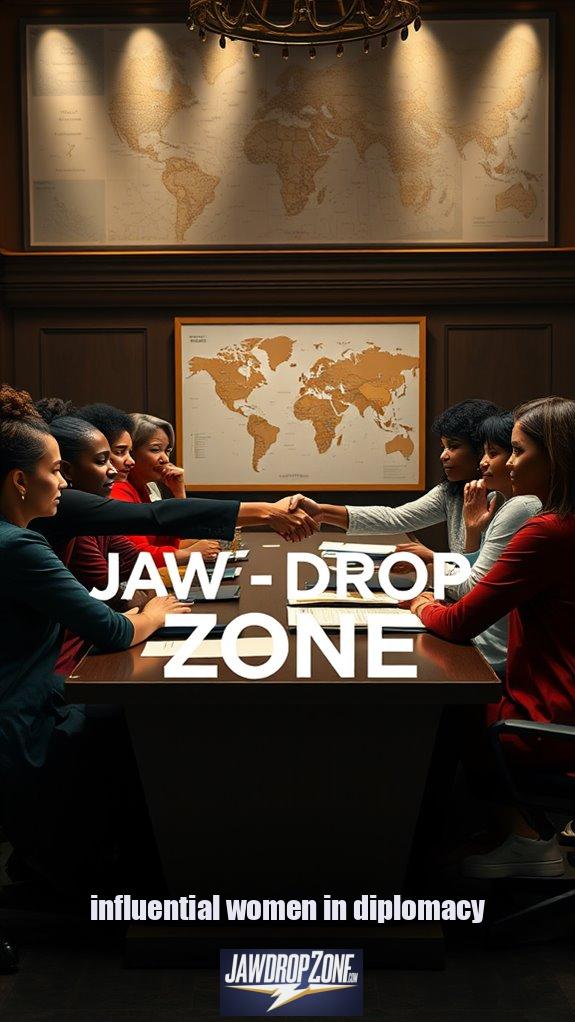Jeanne Baret masked her identity as she ventured into the world of botany. Envision—an 18th-century woman seeking knowledge while hiding in plain sight! Society barred women from exploration, so she disguised herself as a man to collect over 6,000 plant specimens. Shocking, right? Baret's contributions often slipped through the cracks, overshadowed by gender bias. Isn't it wild to think how courageously she fought for recognition in a male-dominated field? Stick around, and you might just uncover more astonishing tales!
Quick Takeaways
- Jeanne Baret faced societal norms that prohibited women from being on naval ships, necessitating disguise to participate in botanical exploration.
- Gender biases meant her significant contributions were often overlooked or minimized in a male-dominated field.
- To evade strict naval regulations, Baret disguised herself as a male botanist during her voyage and discoveries.
- The risk of exposure to her true identity posed dangers to her safety and reputation, leading to caution in her pursuits.
- Baret's contributions, while groundbreaking, remained largely anonymous due to prevailing attitudes towards women in science at the time.
The Silent Struggles of a Female Explorer

Visualize sailing across uncharted waters in the 18th century, a time when female explorers were as rare as a two-headed unicorn. I found myself aboard a ship, donned in breeches, collecting over 6,000 plant specimens during my voyage—a task for the brave and the clever.
With every leaf and petal I examined, I wasn't just sampling nature's bounty; I was discovering, expanding our understanding of plant taxonomy in a world that wasn't enthusiastic to acknowledge a woman's contributions. This journey was reminiscent of that of female gladiators who fought against societal norms and expectations.
Every leaf and petal I examined unfolded secrets, expanding our botanical knowledge in a world so quick to dismiss my contributions.
Why did I hide my botanical discoveries? To put it bluntly, the deck was stacked against me. Women weren't allowed on French naval ships, so you could say I was playing a high-stakes game of hide-and-seek. I often took the lead in specimen collection, as my colleague, Commerson, struggled with illness.
Yet, despite my expertise, I often remained in the shadows, a mere footnote to a monumental effort that unearthed remarkable finds. For example, envision discovering the vibrant bougainvillea or the medicinal uses of exotic plants that contributed to herbal medicine onboard. These were no trivial discoveries; they were characterized by the potential to revolutionize treatments across continents and led to the establishment of new species and the new genus Bougainvillea.
It's shocking how my contributions were largely overlooked due to gender biases. Don't you find it fascinating how history often rewrites itself?
Today, as I reflect on my clandestine journey, I wish for recognition—starting with Baretia, a genus that never bore my name. This thought fueled my efforts behind creating the Jaw Drop Zone, a space for illuminating the often-muted stories of women in science.
Women Disguised as Male Botanists

In an age when a woman's place was often relegated to the home, many of us took the bold leap into male-dominated domains—as botanical pioneers concealed beneath capes of disguise.
- Maneuvering societal restrictions
- Anonymous yet pivotal contributions
- The perilous risk of exposure
- Challenging physical demands
- Leaving a legacy for future generations
Who would've thought that hiding our female identity could release such incredible botanical contributions? The actions of these women not only advanced the field of botany but also challenged societal norms that restricted women's roles in the sciences.
References
- https://www.britannica.com/biography/Jeanne-Baret
- https://memorycherish.com/jeanne-baret/
- https://www.rmg.co.uk/stories/topics/jeanne-baret-first-woman-sail-around-world
- https://www.wandering-scientist.com/2012/01/recommended-reading-discovery-of-jeanne.html
- https://www.nybg.org/blogs/science-talk/2014/03/the-amazing-feat-of-jeanne-baret/
- https://www.osgf.org/blog/2020/3/4/historys-greatest-women-botanists
- https://thesolofemaletravelernetwork.com/the-first-woman-to-travel-the-world/
- https://artsproutsart.com/female-botanists-history/








